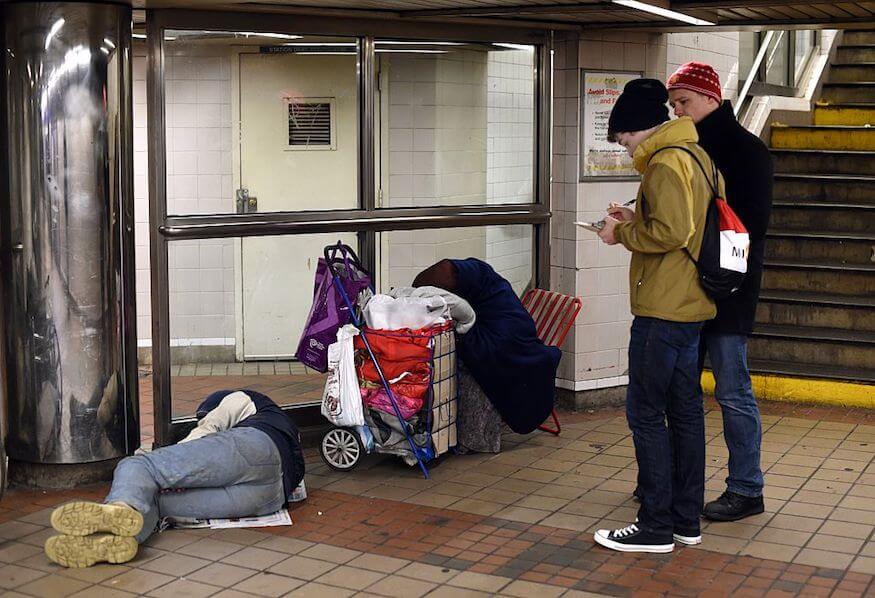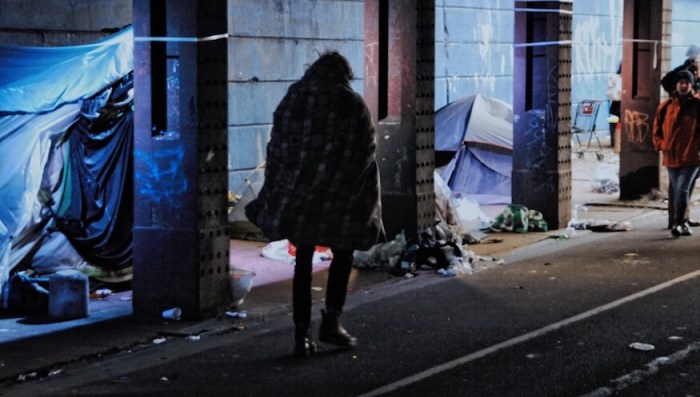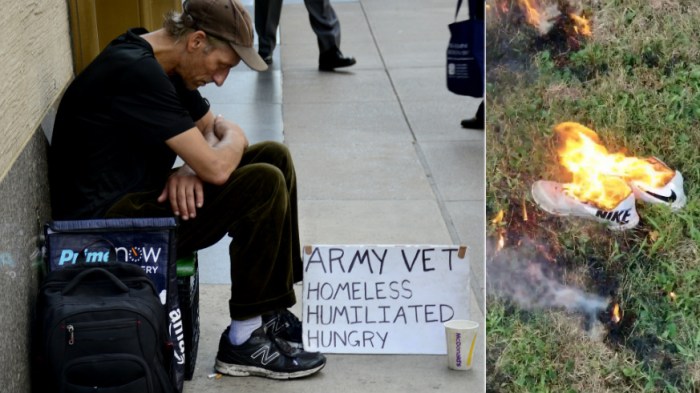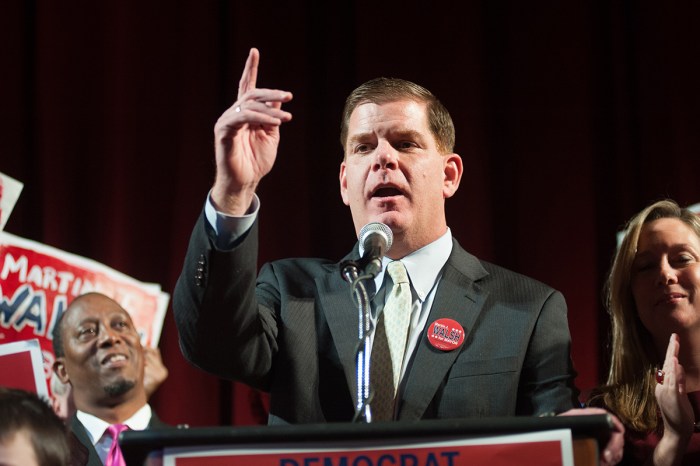The MTA recently announced that the homeless population in the city’s subway systems has grown more than 20 percent in the past year.
To help combat this issue, the MTA created a task force with the New York State Office of Temporary and Disability Assistance, the New York State Office of Mental Health, the New York State Department of Health, and the New York State Office of Alcoholism and Substance Abuse Services. This task force investigated the issue of homelessness in the transport system.
Metropolitan Transportation Authority Managing Director Ronnie Hakim said in a press release that, “The MTA is working with our Task Force Partners to tackle homelessness in our system. Together, we have developed a series of immediate, comprehensive recommendations to address this issue head on and ensure vulnerable New Yorkers have access to the support they need. We will continue to work day and night to keep New Yorkers and our system safe.”
To help keep all New Yorkers safe, the state gave a $20 billion and five-year investment to help support homeless services, such as 100,000 affordable housing units and 6,000 units of supportive housing. So far, the funding has been used towards 5,500 units of supportive housing, and 3,700 are currently being built. Additionally, 1,000 of these units are already operational.
Besides focusing on creating housing, the task force has also offered other recommendations going forward in a detailed press release:
• Enhanced outreach and expanded oversight of New York City outreach efforts. On an emergency basis, OTDA will continue to mobilize teams to deliver enhanced homeless outreach within the transit system, and require the New York City Department of Homeless Services (DHS) to enhance its existing homeless services on a permanent basis to better address the needs of those who are inappropriately seeking shelter in the transit system. OTDA will continuously evaluate the need to provide direct services, and will stop providing them when the situation has improved and can be sustained by DHS alone. OTDA will regularly review and monitor DHS’ enhanced efforts to ensure they are adequately serving the population, holding DHS and its contractors to strict performance standards.
• Expanded police force. The MTA will grow its police force by more than half to keep the transportation system safe and secure. A portion of this expanded force will support the outreach efforts to help those in need access shelter or other services.
• Educate the public on the MTA Rules of Conduct. The MTA will undertake an effort to better educate the public about applicable rules and regulations, and improve compliance, and will partner with OTDA and other partner agencies on an information campaign so that the public is aware of assistance available to those experiencing homelessness.
• Increased interagency cooperation to support homeless outreach. The MTA will better coordinate with DHS and OTDA, as well as other appropriate partners, to support outreach efforts and so that resources are used effectively to reduce the number of individuals who are experiencing homelessness in the transit system and connect those in need with housing and services.
• Oversight by MTA Inspector General. It is recommended the MTA Inspector General oversee and evaluate the implementation of these recommendations and other related efforts on a regular basis. This will maximize transparency, improve outcomes and verify that services are being delivered by MTA, New York City and relevant partners in an efficient and effective manner.
This information comes within days of the violent killing of four homeless people in the Chinatown area. New York officials are not only stepping up protections for the homeless in the subway, but they are also working on protecting them outside of the transportation system.


















